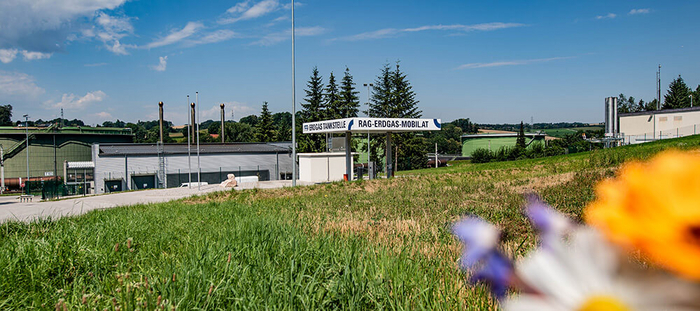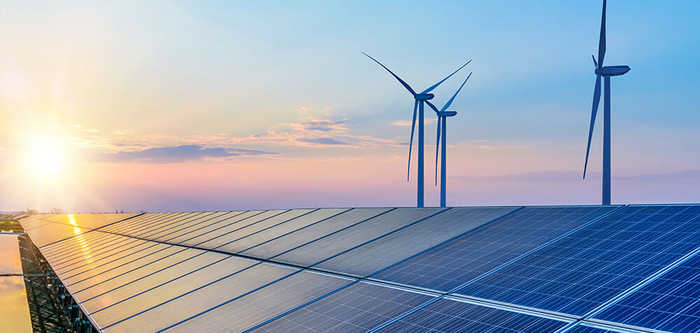
Protecting the climate is the core focus of a sustainable energy system. We want to make a significant contribution to the success of the European Union’s Green Deal initiative by developing and implementing projects related to environmentally friendly energy storage We see RAG’s high-capacity energy storage facilities as a key element underpinning the renewable energy supply of tomorrow and the basis for the ongoing development of new energy technologies.
My job involves helping our operations to permanently cut emissions and use energy more efficiently. This is my contribution for future generations.
Gregor Lohninger | Energy and emissions management
![]()

Together with safety, environmental protection and responsible stewardship of Austria’s natural resources are paramount in all of our activities and work processes.
In order to underpin a systematic approach and continuous improvement, a responsible attitude to the environment is a core element of our health, safety and environment (HSE) management system.

The code of conduct for suppliers and transparent procurement processes have already been covered in the “Responsible management” chapter of this report. The RAG procurement guidelines already take specific environmental criteria into account when selecting certain products. Starting in 2021, the Procurement Department plans to take step-by-step fully product life cycles into consideration, which includes sourcing renewable – and carbon neutral – electricity for RAG’s storage facilities. In the next two years, we will focus more closely on sustainability in relation to the following product groups: electricity, transportation, vehicle fleet and above-ground equipment.
To help raise awareness of sustainability-related factors in the supply chain, we want to invite stakeholders to participate in a sustainability dialogue and discuss potential solutions with us.
Goals & Measures: Download PDF